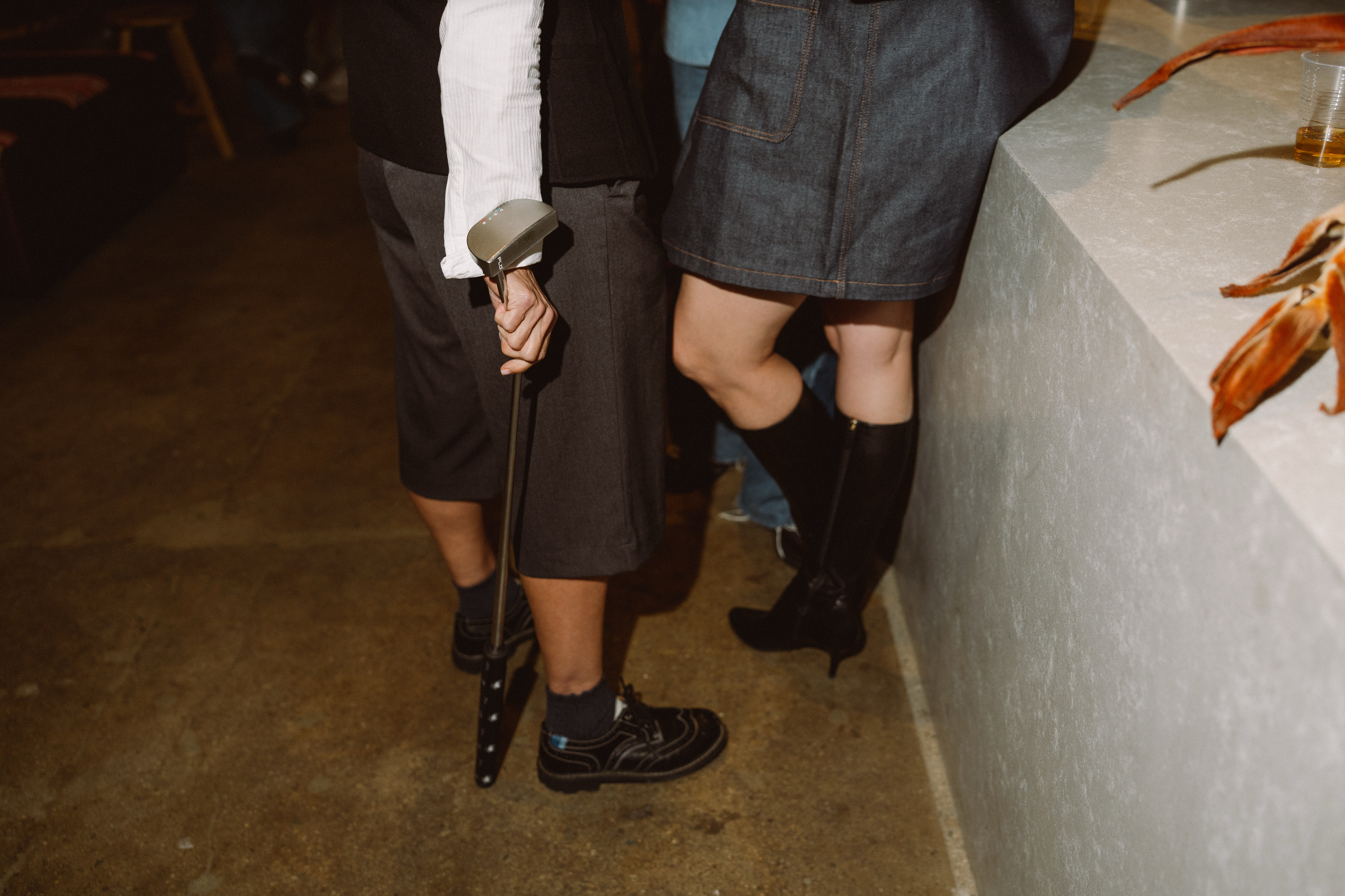Although the family lore is murky, the general sequence of events goes as follows: when I was two years old, my dad came home to inform my mum he’d bought 25 acres of land that had been used for horses and was in the process of being converted into a humble countryside par 3 golf course. It would need a lot of work, a lot of money, and we would need to pack our bags, sell the family home and move away from the suburbs.
It was a bold decision with big consequences. Safe to say, Mum didn’t share the same vision. What came next was a split childhood—half in the city and half in the hills, as we call it in Adelaide.

A coastal metropolis that’s known for being a big city with a small town vibe and whose biggest draw card is its proximity to beaches and the countryside, Adelaide is the capital of South Australia. The nearly year-round golf scene there is shaped by the unique climate and diverse landscapes. During the summer, soaring temperatures between 35 and 45°C (95 and 113°F) make early starts essential, so it isn’t uncommon for golfers to tee off before the clubrooms open and then pay their green fees after their round. And twilight comps mean longer playing windows.
The golf course my dad purchased is about a 50-minute drive from the city—a fair distance compared to how compact and convenient the rest of Adelaide is. But its most distinct asset is how it’s tucked away in a hilly valley filled with native trees and wildlife.

The weekends shared between my parents brought very different experiences to us kids. Growing up on a golf course wasn’t your average childhood, but it made for a unique one, to say the least.
I like to think my first job was greenskeeping. My siblings and I could often be found hand-weeding the greens, turning on sprinklers, changing the pins, restocking refreshments or serving at the front counter.

I got my first set of clubs in 1998, when I was around five years old. On Saturday mornings, I’d walk around, watch the competition and socialize with members. In the evenings, once everyone else had gone home, we’d go for a family ambrose round of twilight golf. As my love for the game grew, so did the size and popularity of the course itself.
I took lessons and was fairly dedicated up until around the age of 10.


By the time I was in my teens, I’d lost all interest in the game, the lifestyle and the course. My resentment over the split family and the distance from friends led me to spend less and less time there.
But life has a way of pulling you back in. At 30, I found myself on holiday, walking into a driving range almost by accident. I hadn’t played in years, but suddenly it felt like a good idea.


What I didn’t expect was how healing it would be. Picking up the game again wasn’t just exercise for my body—it was a way to get outside in nature and hang out with friends. I began to rediscover the joy in the game, not as a task or a part-time job, but as something I could do for myself.



My weekends are now spent recruiting friends to play golf and discovering bigger and more challenging courses. It’s been a hard sell to some, as I spent so many years complaining about people who love golf, but like anything in life, opinions change as you mature.

I used to question why my dad bought the property. It never seemed to make sense to me. But now, I see it through a different lens. It wasn’t just about splitting up the family or building a business; it was about creating something long lasting and taking a risk for the life hoped for.
Coming back to golf has been a surprising and rewarding journey. It was always there, waiting for me to rediscover it when the time was right.



kentonvalleygolfcourse.com

